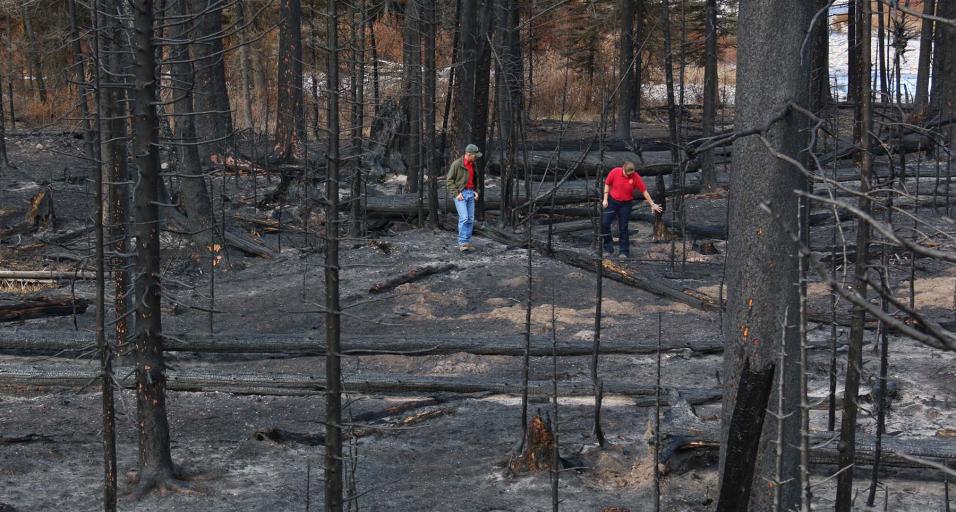Roosevelt Fire Should Be Good For Wildlife
Clearly, the Roosevelt Fire that started on September 15, 2018, near Bondurant, was a devastating fire for many with 55 structures being lost. But as Wyoming's state wildlife agency, we are interested in learning more about the potential impacts, positive or negative, to wildlife. Within the 61,500 acre burn perimeter, the severity in which it burned was quite variable, with some areas burning quite hot and other areas not burning at all. The above map shows the mosaic nature in which it burned throughout, which is generally a good thing for wildlife. A mosaic pattern means there will be a diversity of vegetation age classes as it recovers which is desirable for wildlife. Aspen, sprouting shrubs, wildflowers and grass rapidly reestablish in burned areas to create great forage for many wildlife species.
Wyoming Game and Fish Pinedale Region Habitat Biologist Jill Randall and Pinedale Wildlife Supervisor John Lund visited the burn in late October and evaluated habitat conditions. In fact, some areas with wetter soils were already showing green vegetation coming back within a couple weeks of being burned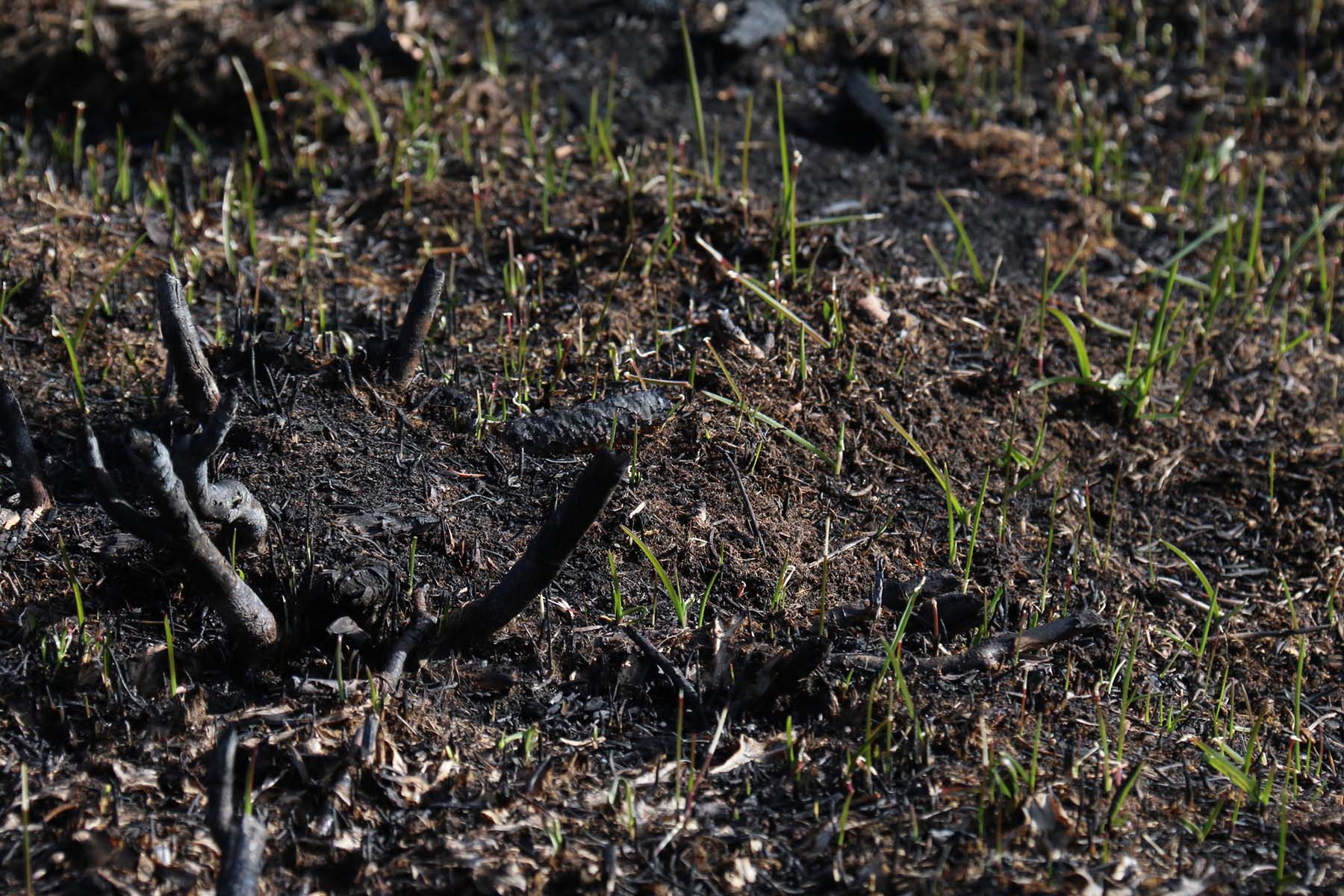
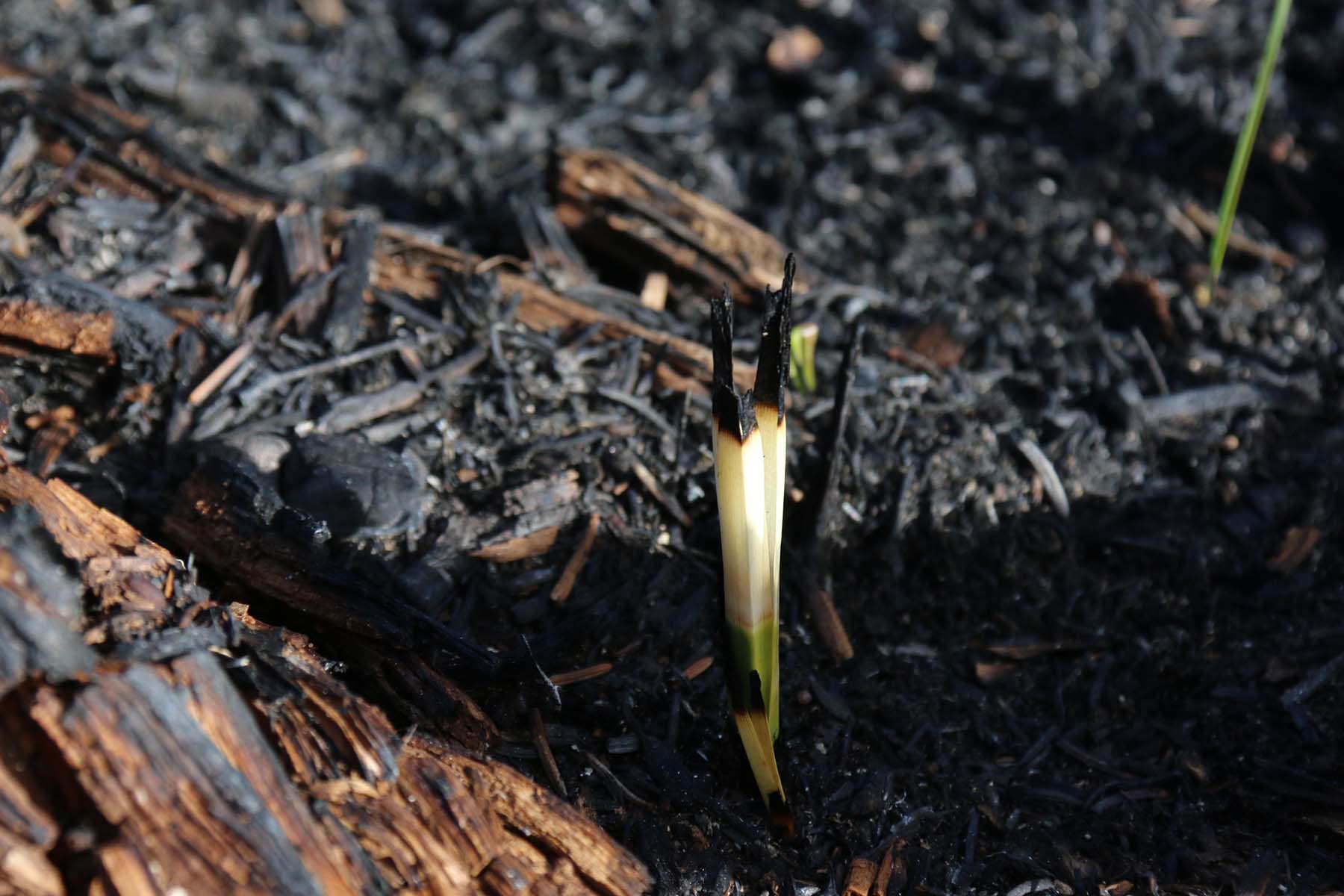
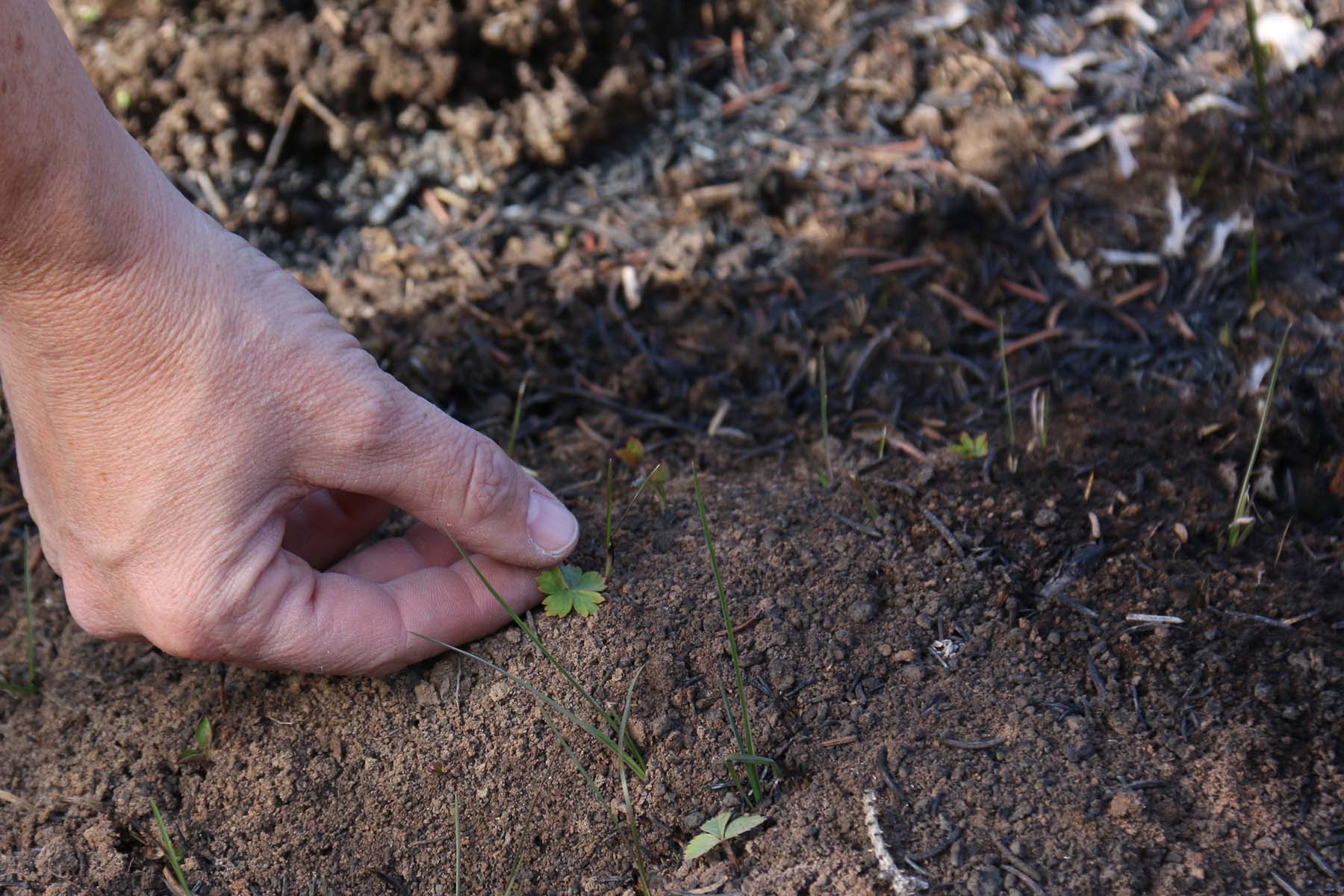
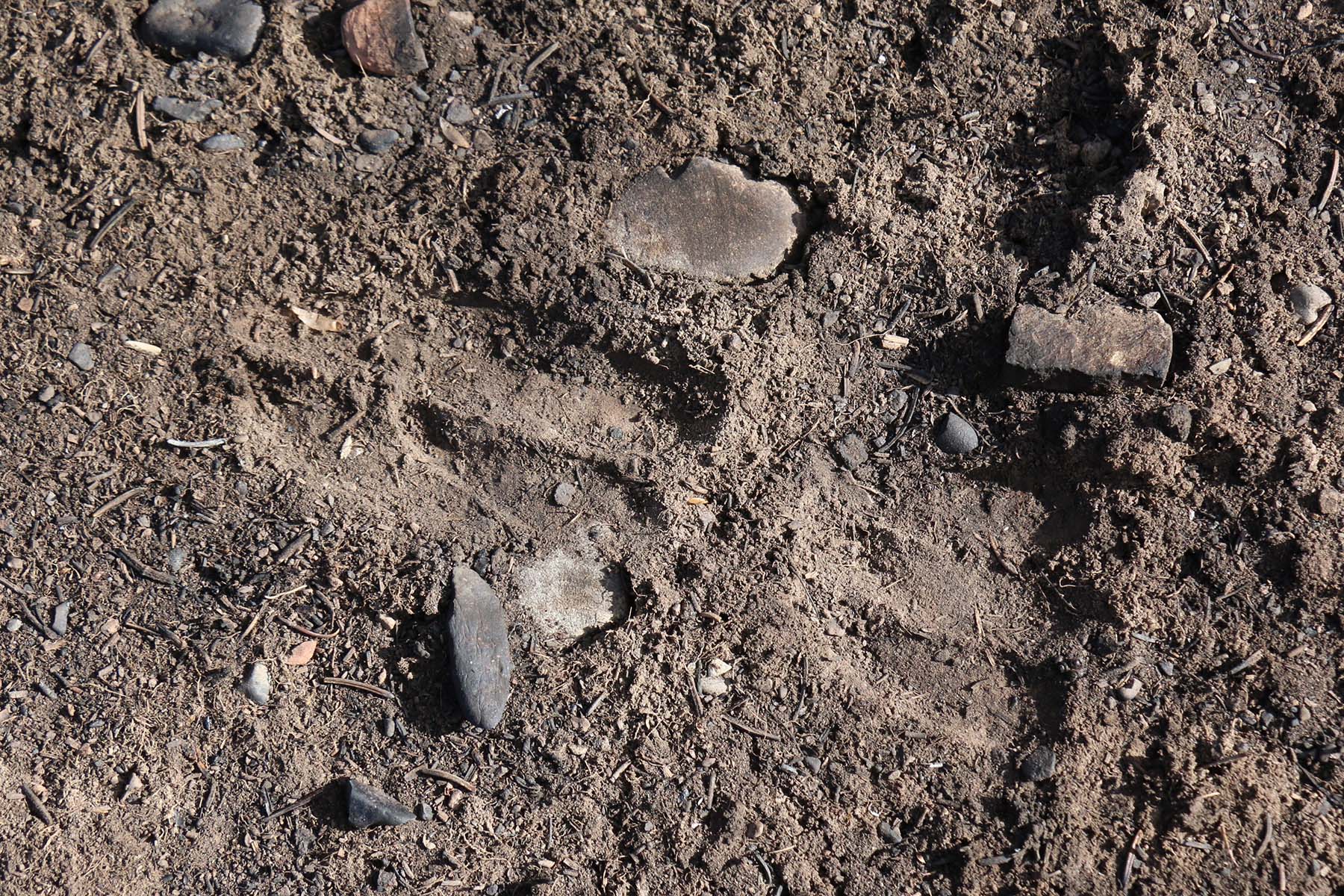
and several deer and moose tracks were also noted. Also, biologists have noted that several elk and deer with GPS collars have been using habitat within the burn area since the fire has been extinguished.
A great resource for fire recovery information and resources for re-vegetation can be found on the Sublette County Conservation District website at the following link: https://www.sublettecd.com/roosevelt-fire-2/
Wyoming Game and Fish Pinedale Region Habitat Biologist Jill Randall and Pinedale Wildlife Supervisor John Lund visited the burn in late October and evaluated habitat conditions. In fact, some areas with wetter soils were already showing green vegetation coming back within a couple weeks of being burned
and several deer and moose tracks were also noted. Also, biologists have noted that several elk and deer with GPS collars have been using habitat within the burn area since the fire has been extinguished.
A great resource for fire recovery information and resources for re-vegetation can be found on the Sublette County Conservation District website at the following link: https://www.sublettecd.com/roosevelt-fire-2/
Mark Gocke, Public Information Specialist, 307-733-2321

